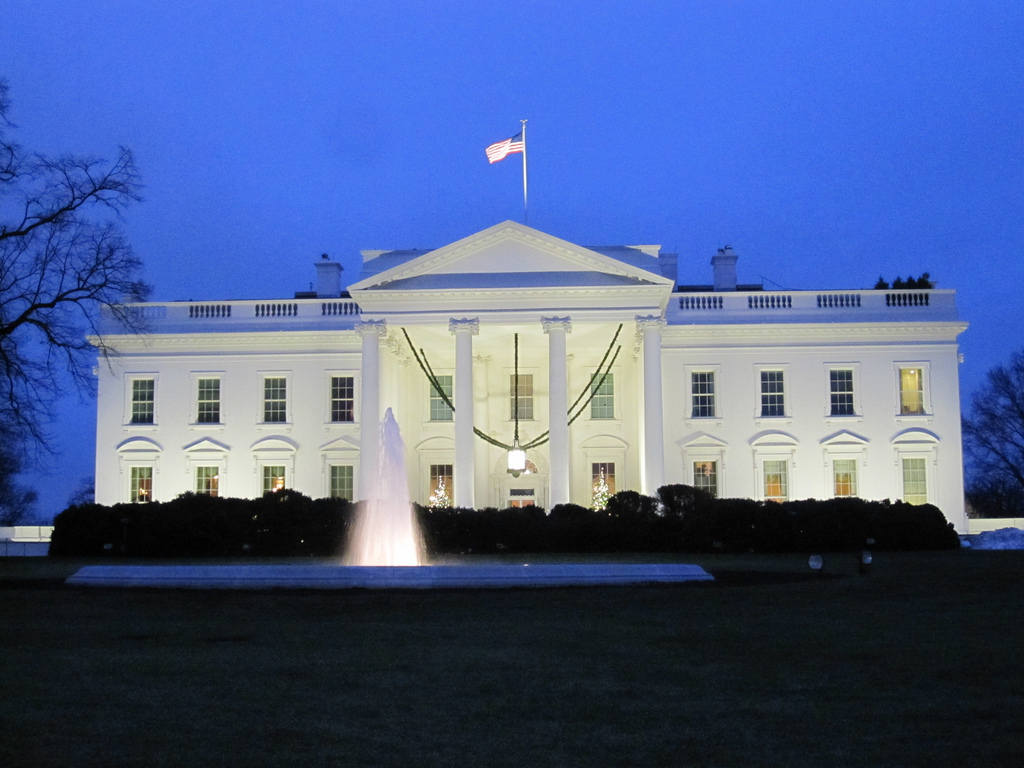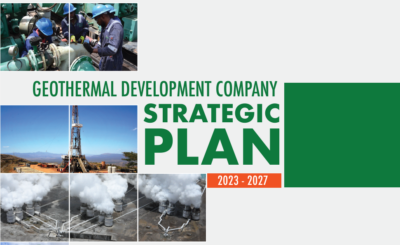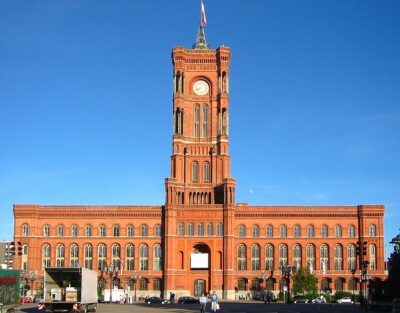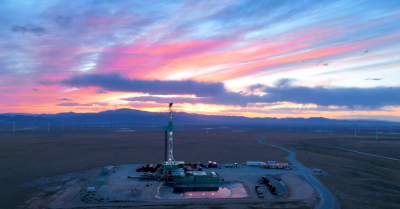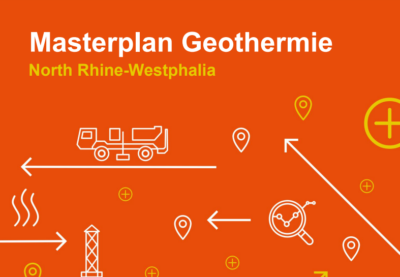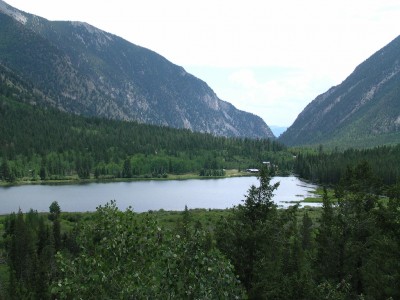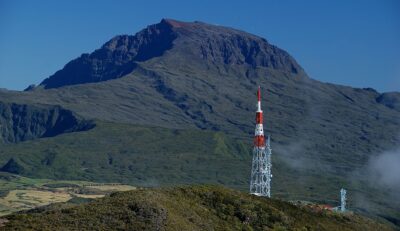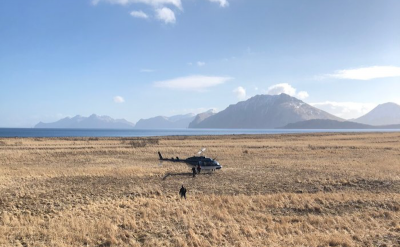President Obama seeks 40% increase for DOE geothermal funding
In its last budget proposal sought by U.S. President Obama, he seeks to increase funding for the Geothermal Technologies Office of the U.S. Department of Energy by 40%, which would make the total funding for the office $99 million in 2017.
President Barack Obama’s final budget proposal for the Department of Energy includes a significant increase in clean energy R&D needed to drive economic growth, ensure energy security and reduce greenhouse-gas emissions. The President’s budget proposal includes continued investments in DOE’s core missions of scientific research, national and energy security, and cleaning up the environmental legacy of the Cold War.
The sought after budget request for 2017 seeks to increase the funding for the DOE Geothermal Technologies Office to $99.5 million, an increase by$28.5 million in 2016.
Highlights of the FY 2017 Budget Request
The Geothermal Technologies Program will pursue the following major activities in FY 2017:
- Continue full implementation of the Frontier Observatory for Research in Geothermal Energy (FORGE) to advance the field operations at the FORGE site. The FY 2017 Budget Request will support the commencement of drilling, continuation of site characterization, and advancement of a competitive solicitation for testing EGS and high temperature tools and techniques at the site.
- Accelerate validation of geothermal Play Fairway Analysis (PFA), which is a methodology for the assessment of exploration success probability and the potential for finding new resources on a regional scale, using analysis and integration of diverse geologic datasets. The objective is to quantify the prospective areas for new geothermal exploration and development. The FY 2017 Budget Request will advance resource validation through the drilling of select and specifically located wells in high-potential “blind” geothermal resource areas identified from Phase 1 in FY 2015 and Phase 2 in FY 2016.
- Conduct feasibility studies of low-temperature deep-well geothermal systems coupled with advanced direct use applications and cascaded surface technologies, whose applications extend the reach of geothermal beyond the western U.S. The FY 2017 Budget Request will support identification of potential sites and assess these new geothermal resource opportunities. Additionally, R&D of thermal desalination technologies will continue in collaboration with the AMO Desalination Hub.
- Advance the Subsurface Technology and Engineering RD&D (Subsurface) Crosscut in coordination with other Department of Energy (DOE) offices including the Office of Fossil Energy, Office of Nuclear Energy, Office of Environmental Management, and the Office of Science. The Geothermal Technologies Program will fund innovative research and development (R&D) in four key areas — Wellbore Integrity, Subsurface Stress and Induced Seismicity, Permeability Manipulation and New Subsurface Signals — to reduce the cost and risk of geothermal exploration and development. In addition, funding will target a grand challenge R&D topic identified in an FY 2015 Subsurface workshop on “Advanced imaging of geophysical and geochemical signals in the subsurface,” which was coordinated with the Office of Science. In FY 2016, the Geothermal Technologies Program will work with DOE partners in the Subsurface Crosscut and with stakeholders to define an ambitious goal with quantifiable metrics and outyear targets to
measure progress toward mastery of the subsurface.
For further details see the full budget proposal in Volume 3 (page 165, pdf).
Source: DOE release
